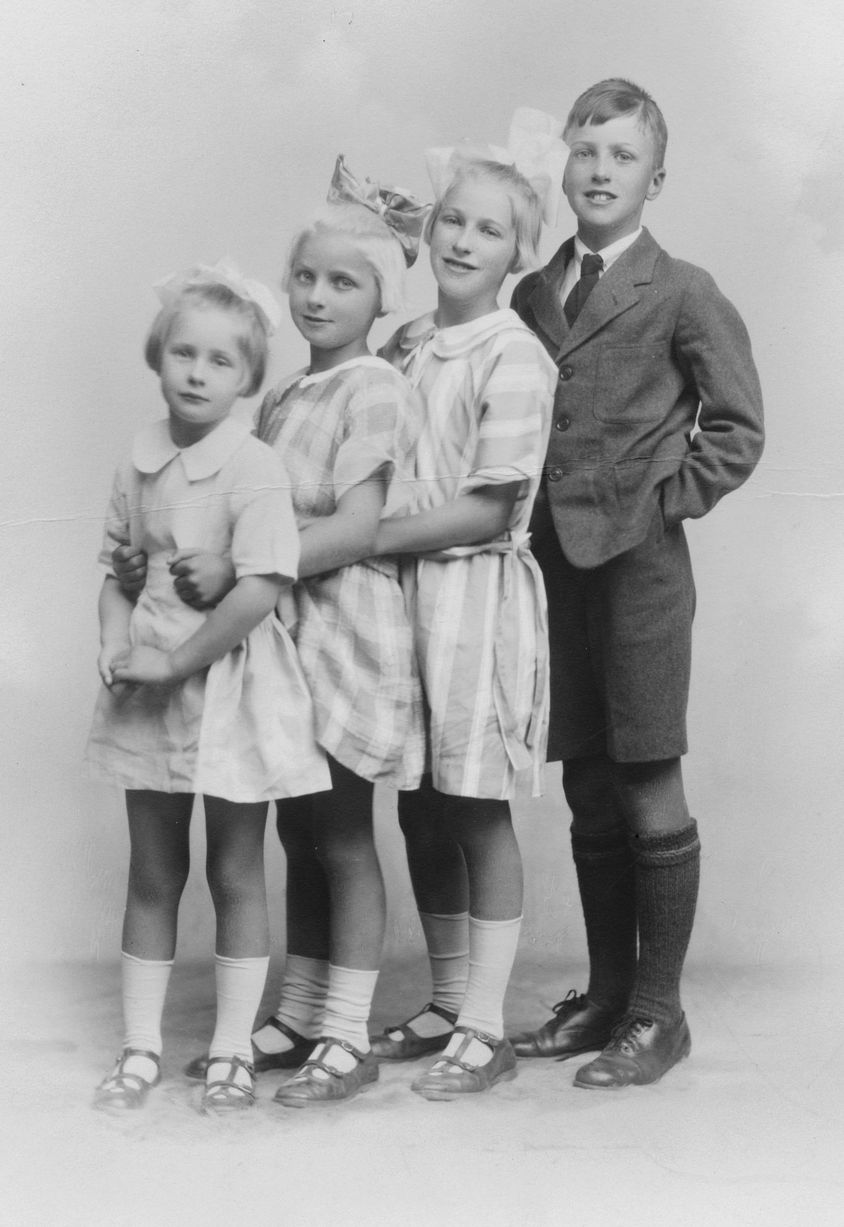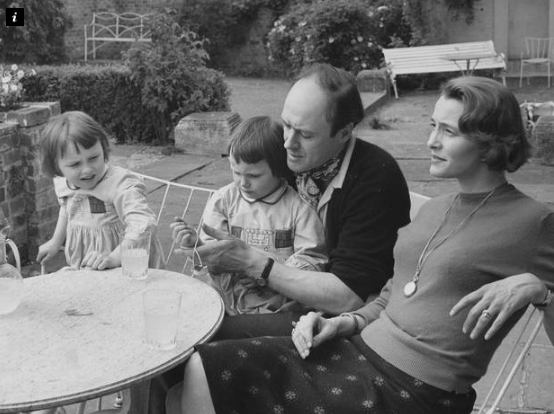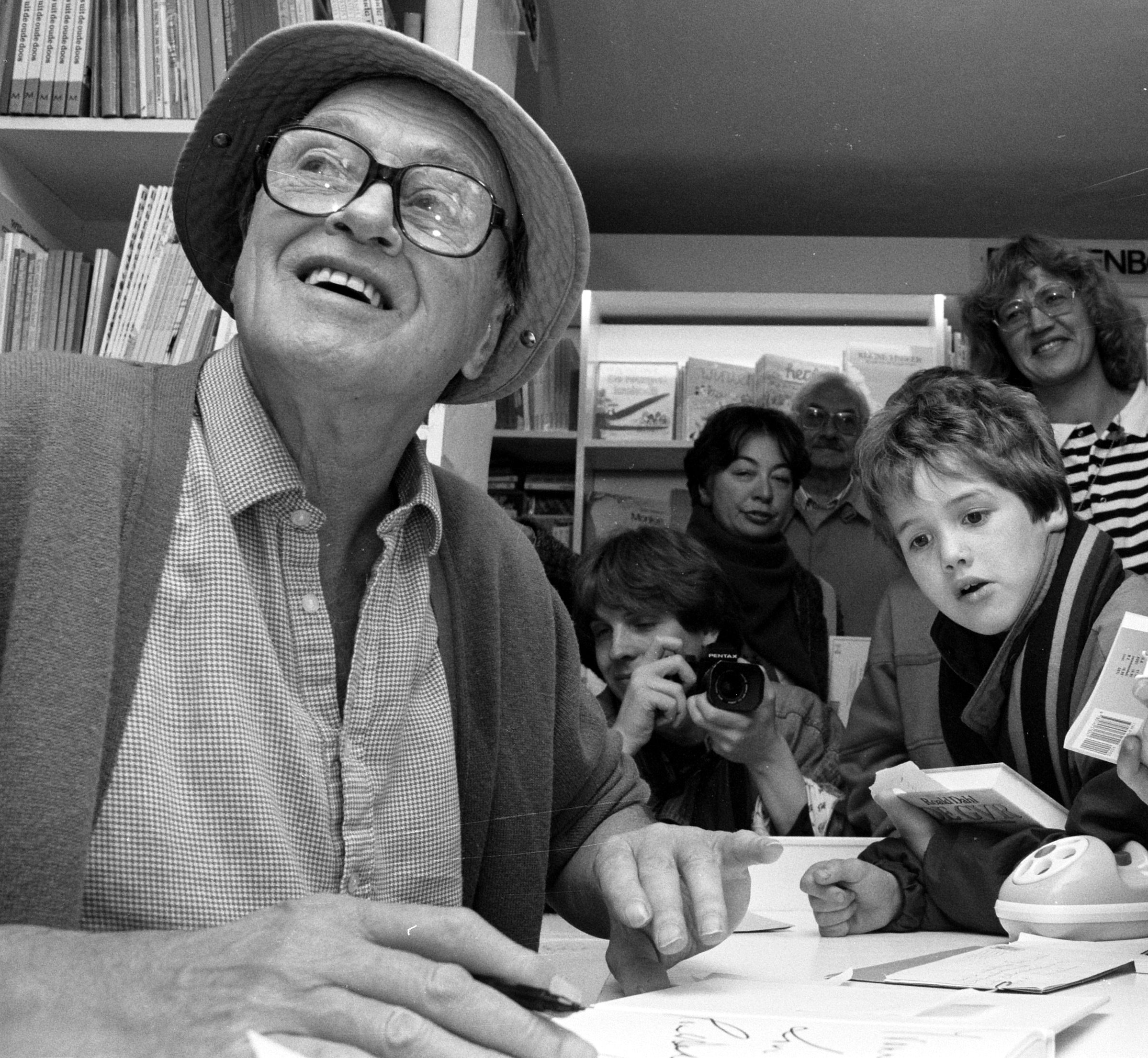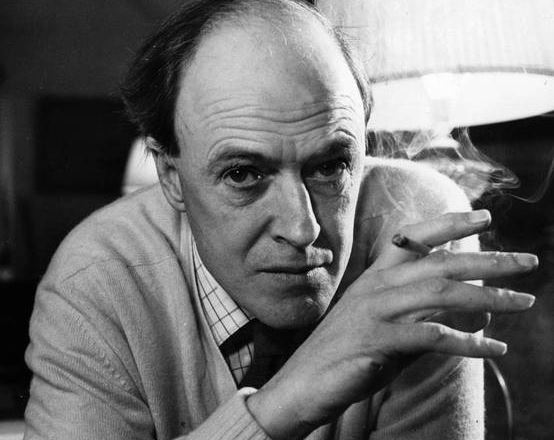Where to find grief support services in NSW
Find grief support in NSW to find solace on your healing journey and guidance on how to support someone...

Roald Dahl was a British writer, poet, screenwriter and hugely popular author of imaginative and irreverent children's books. Selling more than 250 million copies worldwide, Dahl has been described as "one of the greatest storytellers for children of the 20th century".
Being a world-class author was a huge part of Dahl's story but there was so much more to this WW2 fighter pilot and medical device inventor's story to tell...
Come with me and you'll be
In a world of pure imagination
Take a look and you'll see
Into your imagination…
Roald Dahl was born on the 13th September 1916 in Cardiff, Wales to Norwegian parents but lived in England most of his life. In 1920, when Dahl was only three, his eldest sister died of appendicitis at age seven, his father died of pneumonia aged 57 and months later his youngest sister was born. Instead of returning to Norway as the family suggested, Dahl's mother decided to continue raising the family in Wales, for she knew her husband wanted his children to be educated in English schools.

Dahl went to The Cathedral School, Llandaff where by the age of eight his childhood experiences which were reflected in his later books had already begun to develop.
Introducing the Great Mouse Plot of 1924 - which Dahl and his four mates liked to refer to when they were caned for putting a dead mouse in a jar of gobstoppers at the local sweet shop which was owned by a very 'mean and loathsome' old woman. Dahl later referred to these childhood sweets in his fictional Everlasting Gobstoppers featured in the famous Charlie and the Chocolate Factory film (1971).

Dahl later transferred to St Peter's boarding school which he hated and was very homesick. Missing his mother he wrote to her every week, never revealing to her his unhappiness. When she passed away in 1926, he discovered that she had lovingly saved all of his letters.
When Dahl was 13 he went to Repton School in Derbyshire which he also very much disliked, describing life there as cruel and violent. Dahl reflected on these darker moments in many of his books but in a more whimsical way than the actual reality of it:
"All through my school life I was appalled by the fact that masters and senior boys were allowed literally to wound other boys, and sometimes quite severely... I couldn't get over it. I never have got over it."
Another, more memorable time at Repton was when Cadbury chocolate company would send new chocolates to the school for the children to test. This became the inspiration behind his third children's book and the most famous of all - Charlie and the Chocolate Factory (1964).
It's surprising to learn that Dahl wasn't a particularly gifted writer at school. In fact, his English teacher once wrote:
"I have never met anybody who so persistently writes words meaning the exact opposite of what is intended."
Following his graduation from Repton in 1932, Dahl avoided university and instead hiked through Newfoundland with a youth group which provided kids with an intense experience of self discovery in the wilderness.
Following work with Shell Petroleum company from 1937 in Tanganyika (now part of Tanzania), Dahl enlisted in the Royal Air Force (RAF) in 1939.
Flying as a fighter pilot in a Tiger Moth he continued to advanced training in Iraq and Baghdad to fly Hawker Harts. He was later commissioned a pilot officer in 1940 and was deemed ready to face the enemy and assigned No. 80 Squadron RAF flying obsolete Gloster Gladiators. On his final leg, Dahl was seriously injured in a forced attempt to land in a Libyan desert where his skull was fractured and was temporarily blinded.
During the war, Dahl was also a spy for the British government and supplied intelligence from Washington to Prime Minister Winston Churchill. Novelist C.S. Forester during this time encouraged Dahl to write about his dramatic RAF adventures for the Saturday Evening Post.
On 2 July 1953, Dahl married American stage and screen star actress Patricia Neal in New York. Married for 30 years they had five children together.
Dahl and his family sadly fell on hard times over the years. In 1960 Dahl's four month old son suffered a serious head injury when his baby carriage was hit by a NYC cab.
Dahl devoted himself to creating a device to help improve the shunt used for treating his child's head injury and together with hydraulic engineer Stanley Wade and neurosurgeon Kenneth Till, the "Wade-Dahl-Till" was created. The device was used with great success on almost 3,000 children with head trauma around the world.

Two years later in 1962, Dahl's first daughter died of measles encephalitis at age seven. A truly dreadful ordeal, Dahl became a strong advocate of immunisations and dedicated his book The BFG (1982) to his child.
Later, his wife suffered a cerebral aneurysm while pregnant with their fifth child, Lucy. Dahl took care of her rehabilitation over the next many months as she had to learn to talk and walk again. Which Neal did and was able to return to her acting career. This period of the couple's life was made into the film The Patricia Neal Story (1981) played by Glenda Jackson and Dirk Bogarde.
In 1972, Dahl met Felicity d'Abreu Crosland while she was working as a set designer with his wife. This began an 11-year affair which resulted in Neal and Dahl's divorce in 1983 and Dahl and Felicity's subsequent marriage in the same year.
Considering the hardship Dahl experienced in his life it's quite inspiring to see how his experiences remained so inseparable from his own creative process and yet still managed to be so uplifting.
Dahl had a brilliant way of tapping into a child's taste of fear, humour and magic - 'a modern day Grimms Fairytale writer'. Unlike most other children's books, his work was dark yet delightful in nature and often referred to gruesome cruelty and death.

Following Dahl's first book, The Gremlins (1943) and his first story collection Over to You: Ten Stories of Flyers and Flying (1946), he moved to writing children's stories in a career that would give him lasting fame with some of the best-loved children's stories of the 20th century including:
Charlie and the Chocolate Factory (1964), which was made into the films Willy Wonka and the Chocolate Factory (1971) and Charlie and the Chocolate Factory (2005), James and the Giant Peach (1961; film 1996), Fantastic Mr. Fox (1970; film 2009), Charlie and the Great Glass Elevator (1972), The Enormous Crocodile (1978), The BFG (1982; films 1989 and 2016) and The Witches (1983; film 1990). One of his last books was Matilda (1988), which was adapted as a film (1996) and also a stage musical (2010).
"It's a funny thing about mothers and fathers. Even when their own child is the most disgusting little blister you could ever imagine, they still think that he or she is wonderful." - Matilda
Dahl and his work indeed had its fair share of criticism too - infidelity, misogyny (smelly, ugly women were his favourite villains - Witches being the most villainous of all), use of racial stereotypes and anti-semitism - people close to him however contradicted most of these notions being a reflection of him as a person.
In regards to the darkness of his books not being suitable for children, it's interesting to hear Austrian psychologist Bruno Bettelhei's view on the matter. In his book The Uses of Enchantment: The Meaning and Importance of Fairy Tales (1976) he reveals the true content of dark stories and demonstrates instead how important they are to children who can use them to cope with their own perplexed emotions and anxieties. Learning to manage fear and enhancing a child's sense of moral empowerment he adds can be told best through reading stories of this dark and fanciful nature.
"The more risks you allow children to take, the better they learn to take care of themselves." - Roald Dahl, My Year.

Roald Dahl published over 50 books and has earned far too many awards to mention. Famous for creating his own language and inventing new words like propsposterous, snozzberry, huggybee and lickswishy, his fanciful world of storytelling was the perfect place to showcase his words.
Roald Dahl passed away on 23 November 1990, aged 74. His granddaughter said he was buried with his snooker cues, some very good burgundy, chocolates, HB pencils and a power saw. Children today still continue to leave flowers and nik naks by his grave.
Rest in peace Roald Dahl, thank you for reminding us to celebrate a child's taste for fantasy and magic and to embrace being different and treasure our own unique imagination.
Mr. Wonka: "Don't forget what happened to the man who suddenly got everything he wanted."
Charlie Bucket: "What happened?"
Mr. Wonka: "He lived happily ever after."
By Kirsten Jakubenko
Sources